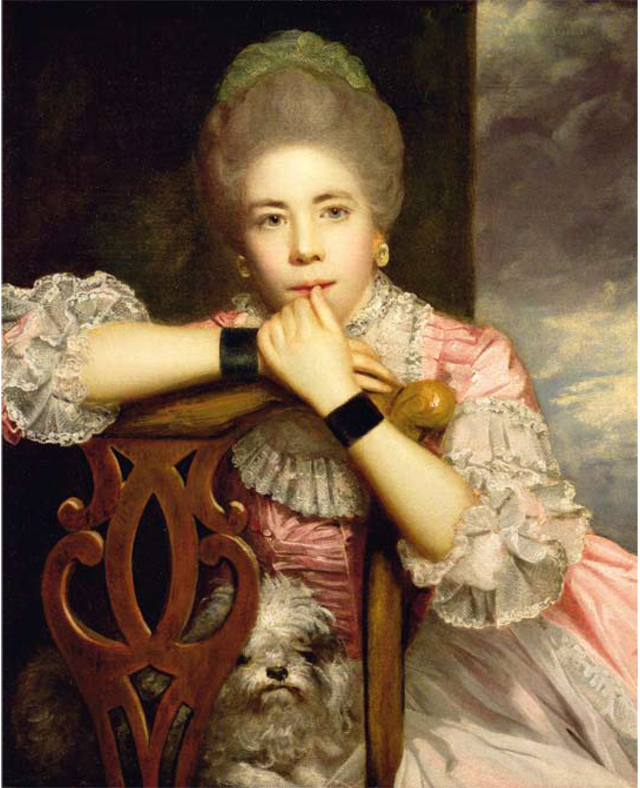My Favourite Painting: Dan Cruickshank
Dan Cruickshank chooses his favourite painting for Country Life.


Mrs Abington as 'Miss Prue’, about 1771 Sir Joshua Reynolds Yale Center for British Art. Bridgeman Images.
Dan Cruickshank says: ‘I fell in love with this painting—and with Fanny Barton—years ago and find myself returning to it again and again because of the story it tells. In capturing this beautiful creature of contrasts, Reynolds has captured much of the complexity of mid-18th-century London society. It’s a masterpiece’
Dan Cruickshank writes books and presents television programmes on architecture. He is a founding trustee of Save Britain’s Heritage.
Art critic John McEwen comments: 'Mrs Abington (1737–1815), star of the late-18th-century London theatre, is shown as Miss Prue in Congreve’s Love for Love. Mrs Abington’s rags-to-riches story was every bit as dramatic as the heroine of a Restoration comedy or a picaresque 18th century novel. She was born Frances (Fanny) Barton, her father a Bermondsey cobbler. When her mother died, Fanny had to fend for herself, selling flowers as ‘Nosegay Fan’, selling her body—not an uncommon career path for an actress—and literally singing for her supper.
She married James Abington, her music teacher, but the marriage didn’t survive her fame, which was earned in Dublin and crowned at David Garrick’s Drury Lane. She had a stormy professional relationship with the great actor, but gave as good as she got, just as the country bumpkin Miss Prue does to her suitors in the play. She was a fashion icon, popularising a headdress, the ‘Abington cap’, and mixing in the best intellectual and social circles, while continuing to maintain ‘a genteel independency’ in retirement. The sentiment of Love for Love—‘Uncertainty and expectation are the joys of life. Security is an insipid thing’—was not hers. Born in SE1, she died in SW1.
Reynolds, founder and first president of the RA, was devoted to her, and, despite being notoriously stingy, took 40 front boxes for her 1775 benefit performance. This is among his most popular pictures. The pose, with her direct stare, caused a scandal: ladies, even acting a part, were not to be immortalised lounging in chairs or playing provocatively with their lips. Black silk wristbands were the vogue, denoting Miss Prue’s and Fanny’s rise in the world.'
This article was first published in Country Life, February 25, 2009
Exquisite houses, the beauty of Nature, and how to get the most from your life, straight to your inbox.
Country Life is unlike any other magazine: the only glossy weekly on the newsstand and the only magazine that has been guest-edited by His Majesty The King not once, but twice. It is a celebration of modern rural life and all its diverse joys and pleasures — that was first published in Queen Victoria's Diamond Jubilee year. Our eclectic mixture of witty and informative content — from the most up-to-date property news and commentary and a coveted glimpse inside some of the UK's best houses and gardens, to gardening, the arts and interior design, written by experts in their field — still cannot be found in print or online, anywhere else.
